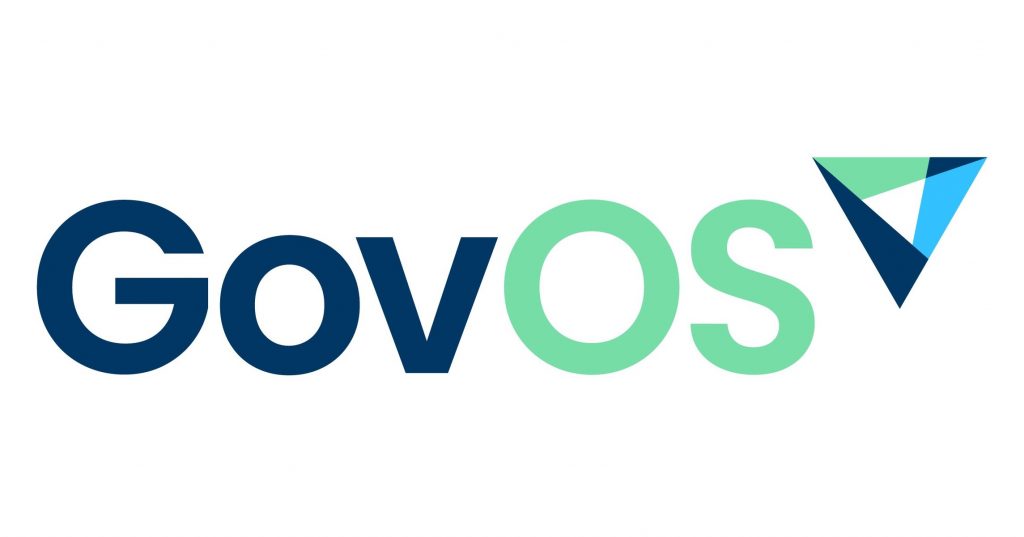It is somewhat a paradox that state and local governments are expected to be more transparent and more secure than ever before. While the increasing threat of ransomware looms large, constituents are also demanding openness, ease and accessibility through digital services.
The pressure is on. These agencies have to get digital services right and show value in a short period of time, or risk public backlash.
Fortunately, many agencies have become familiar with the habits of nimbleness, having dealt with the whirlwind of the pandemic’s beginnings. The urgency now is to ensure they have the flexibility to respond to the next big change, and not wait until a crisis erupts.
“Systems, vendor relationships and policy should be architected to allow for long-term flexibility, not just solve the current problems at hand,” said Kevin Lafeber, President of GovOS, a company that helps government deliver online services.
Here’s one example of how a local government stayed adaptable, and reaped the rewards.
This County’s Services Got Better, Better — and Better
Like most governments, Pennsylvania’s Dauphin County had to shut down in-person interactions in 2020. Before then, residents submitted filings for probate at the courthouse on a first-come, first-serve basis. The county had to find a way to continue servicing residents despite limited in-person interactions.
In the beginning, it built its own virtual system to facilitate probate filings. But the system relied heavily on emails and phone calls, leading to constant back-and-forth. Scheduling appointments also required a lot of manual effort, with staff managing internal and external calendars that were unsynced. It was difficult to know who was available when.
So, the county turned to a single portal through GovOS that assuaged both pain points. Instead of email back-and-forths, residents could use one portal to submit their filings and schedule appointments. The portal synced with employees’ calendars on the backend, meaning staff had up-to-date, accurate information about appointments.
In the first two months of the updated system being online, the county processed 92 virtual probate submissions.
But that wasn’t the end. From there, it expanded the system to digitize their marriage license application process. As of March 2022, more than 2,100 marriage license applications have been submitted online.
Through this one system, 90% of marriage license applications and 86% of estates probated are completed virtually.
This was progress that garnered an award, Pennsylvania’s 2022 Governor’s Award for Local Government Excellence for Information Technology.
“They are a perfect example of how a department can get fast results by updating one process, and then digitizing more and more to create a holistic, adaptable online civic services offering,” Lafeber said.
Digital transformation is a journey for state and local agencies, not a single point in time. They need services that can help them be adaptable and ready for any change.
“The key to sustaining digital services is to be adaptable to the needs of employees and citizens,” Lafeber said.
This article is an excerpt from GovLoop’s guide “How to Provide People-Oriented Services: A Guide for State & Local Public Servants.”






Leave a Reply
You must be logged in to post a comment.